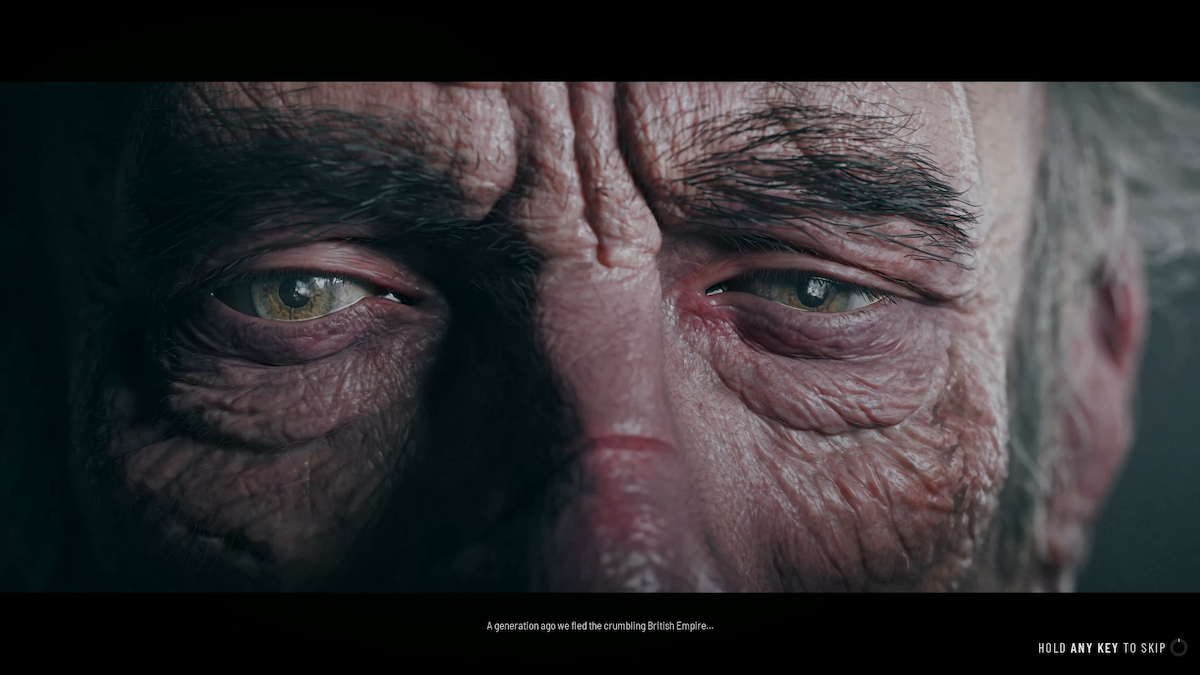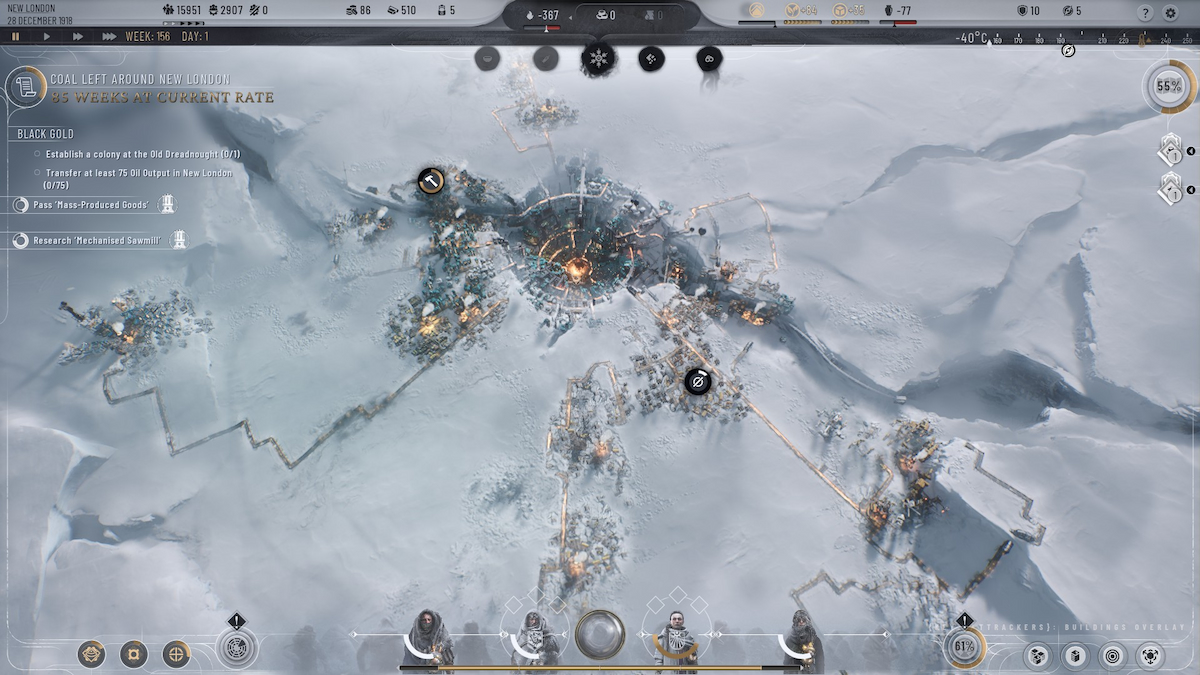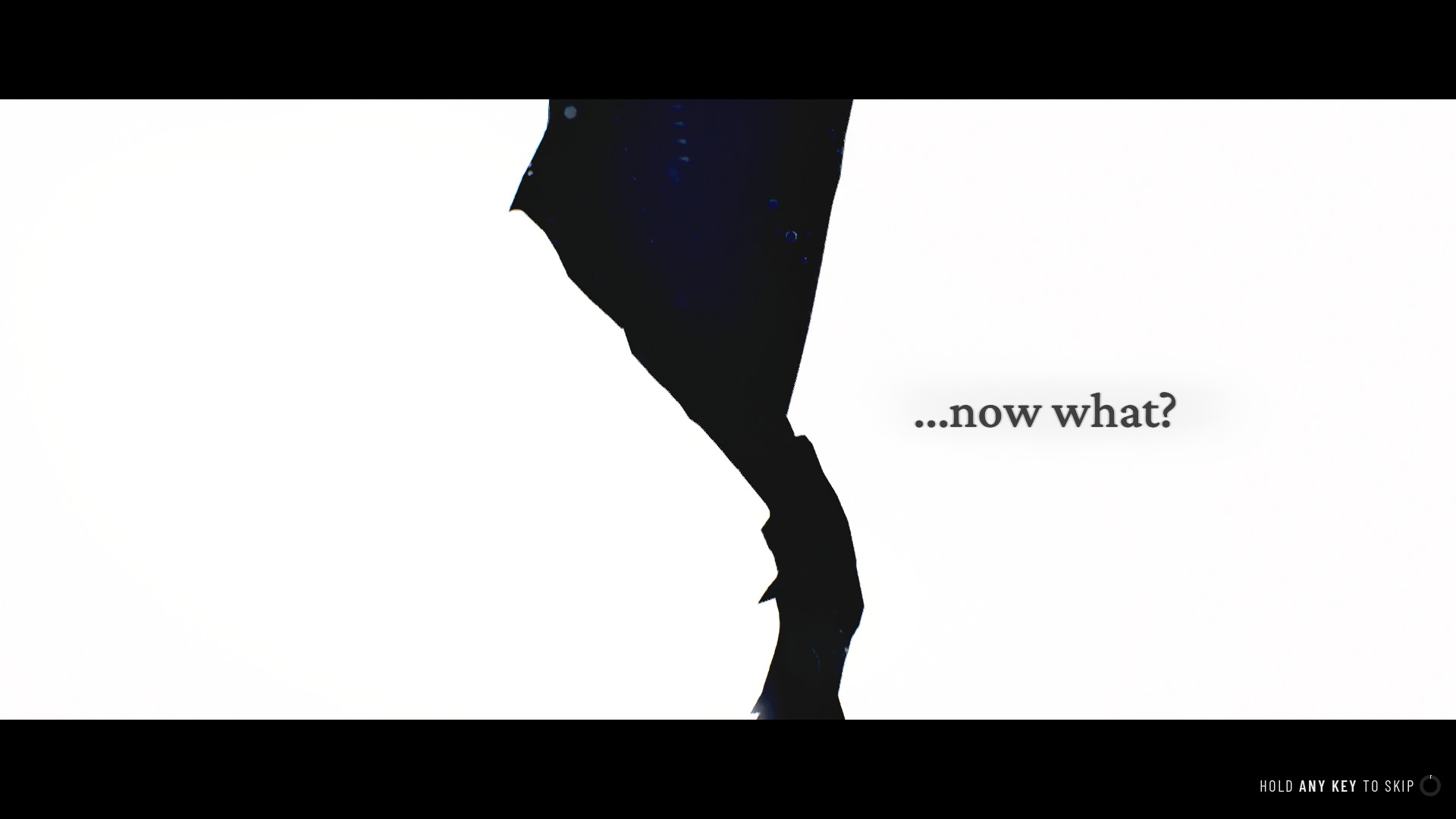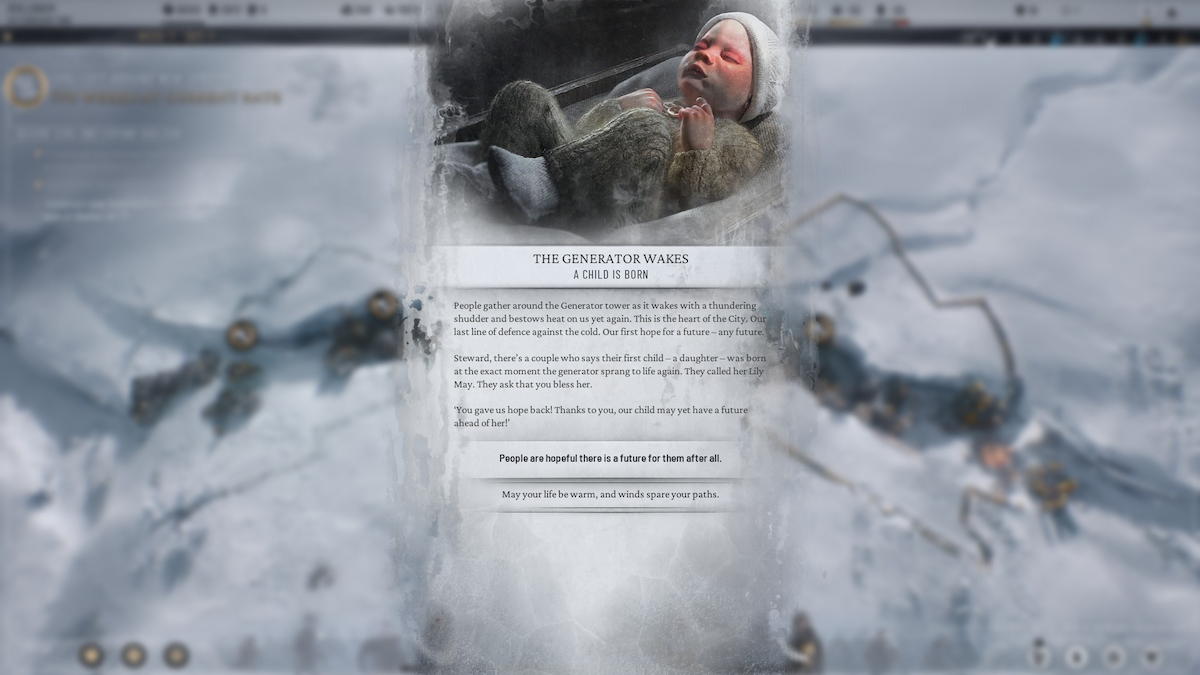The survival strategy genre has been a staple of gaming for years now, but if there’s one game that really elevated the whole genre to new heights it’s Frostpunk. Now, six years later comes its sequel: Frostpunk 2. Let’s dive into this Frostpunk 2 review and see if the sequel lives up to the greatness of the first game or if it’s just another footnote in history.
The Story of Frostpunk 2: A Continuation

The story of Frostpunk 2 takes place some thirty-odd years after the first game. In Frostpunk 2 you play as The Steward, rather than as The Captain. The difference between those two isn’t just nominal though, as you have completely different legislative powers as a Steward.
The Captain’s rule was much more authoritarian, as was deemed necessary at the time considering how many whiteouts New London was subjected to at the time. In contrast, the Steward is much more like a president rather than a dictator, and that’s even reflected in Frostpunk 2’s new mechanics.
Frostpunk 2’s whole point is that you’re playing as the generation after the great whiteouts. The population is booming, different social groups have formed, and there’s a bigger clamor to restart civilization; the burden of which falls on your shoulders.
That last point is a sentiment that’s echoed throughout every mechanic and every decision. Every verdict you make will either annoy or please a certain group. Every action condemns or uplifts a certain group. You literally cannot please everyone in this game, which is why I consider it a utilitarian nightmare.
The Old and the New Gameplay Mechanics

At its core, Frostpunk 2 is a lot like the original Frostpunk. Your main goal in Frostpunk 2 is to ensure your society’s continued survival by extracting resources, gathering stockpiles, and maintaining order during the worst of times.
What Frostpunk 2 does differently is scale. In the original, all you had to deal with was a single settlement and some fringe outposts. In the sequel, you have to deal with a budding civilization and all the issues that come with it.
Resources are even more scarce because of the population burden. Society is even more divided because of the different groups that inhabit it, and the looming whiteouts are always a threat. In short, Frostpunk 2 is a race between your resourcefulness and the game’s proclivity to end your fun.
The new mechanics aren’t always a burden though. If you manage the populace right, you can survive and even thrive for quite a while in this game. You just have to get used to the idea of condemning certain parts of society for the betterment of the whole.

I’m a huge fan of post-apocalyptic media, however, rarely do I feel that a show or a game gets how the end of the world would actually play out. Frostpunk 2 is an exception in that regard as it really sets the mood in the right way.
Yes, it’s the end of the world, however, it’s not the end of humanity. In times of crisis, as is the case in the world of Frostpunk, we instinctually band together. Yes, there’s conflict and strife, but it isn’t overblown to the scale of open war. Everyone is trying to survive, they just have different ideas about how to go through with that.
And that’s something Frostpunk 2 nails down perfectly. It’s more of an experience than a game in that regard. Sure, the game lets you play however you want, but it awards you for playing humanely and not abusing your citizens. Likewise, it punishes you for playing like an egomaniacal dictator.
The sound design is another thing I like, as it makes the whole experience all that more immersive. If a new law passes, the loudspeakers notify the citizens of it. If you zoom into a specific district, you’ll hear the hustle and bustle of its daily life. The art direction also does something interesting. From a distance it looks monochrome, but when you zoom into things you’re treated to a vibrant world of detail.

Frostpunk 2 has a specific gameplay loop that’s present throughout its campaign and sandbox which is hard to ignore. In the beginning, it’s a scramble for resources. But once you have the basic supply system established the gameplay pretty much becomes the same afterwards.
You initiate a new policy or a research idea and then you wait. You send out your explorers and then you wait again. There’s a lot of waiting and predictability in Frostpunk 2′s systems, and that’s its main issue. The waiting is especially egregious on lower difficulties.
Increasing the difficulty lowers the wait time problem, but it doesn’t completely eliminate it. Increased difficulty only increases the quantity of your issues, not their quality, which I think is a major letdown.
The difficulty slider definitely needs a bit of a rework to make the game more engaging in the long run. The inclusion of a major crises system for example would help make the gameplay feel fresh each time, rather than just a repeat of the previous session.
Final Verdict

All in all, I consider Frostpunk 2 to be a worthy successor to the original Frostpunk. The game kept all the systems that made the original great and expanded on the overall concept by including systems such as societal classes, governance mechanics, and research mechanics to further enhance the experience.
What’s more, the game is commendably polished. During my time with the pre-release build, I didn’t encounter a single bug, visual or otherwise. That in itself is remarkable enough, but when you consider how many new systems the game has to coordinate it becomes even more impressive.
Is the sequel as good as the original though? Yes, however, it isn’t as impressive. The original Frostpunk was a novel concept that redefined the survival strategy genre and inspired a lot of the games that came after it. Frostpunk 2 is a great game all around, it just isn’t as revolutionary as its predecessor.
- Incredible polish
- Decent replayability
- Immersive atmosphere
- Slightly monotone gameplay loop
- The difficulty might be a turn off for some







Published: Sep 17, 2024 01:01 pm